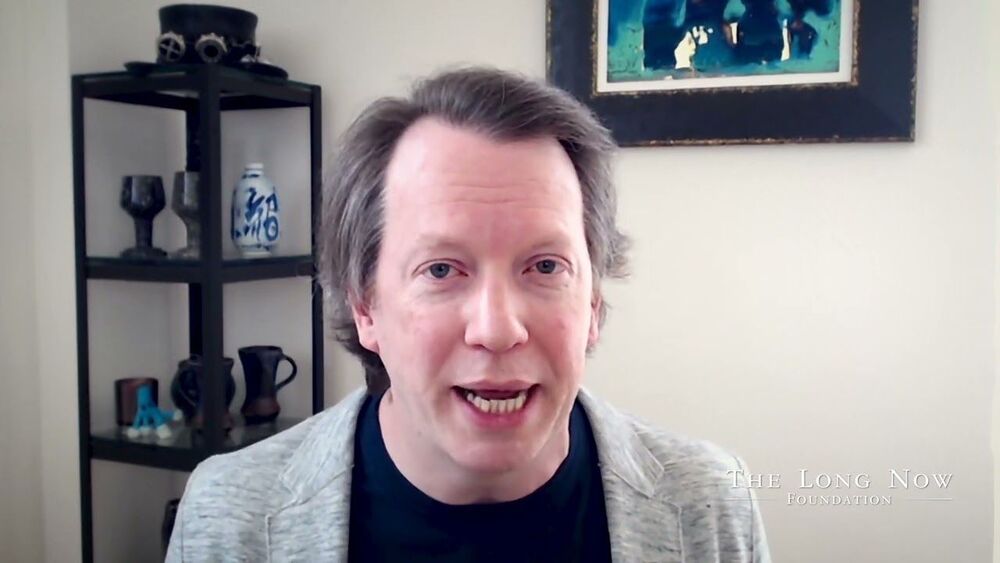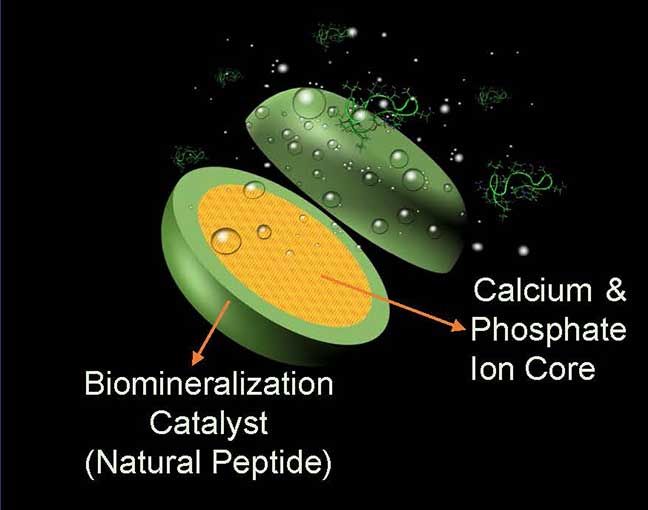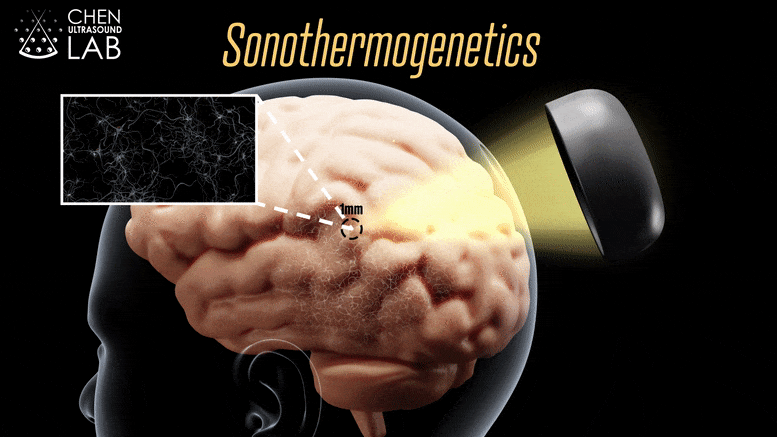Prediction: GPT-4 will be bigger, more skilled, more robust and will have more memory than GPT-3.
The Israeli military is calling Operation Guardian of the Walls the first artificial-intelligence war. the IDF established an advanced AI technological platform that centralized all data on terrorist groups in the Gaza Strip onto one system that enabled the analysis and extraction of the intelligence.
The IDF used artificial intelligence and supercomputing during the last conflict with Hamas in the Gaza Strip.
What is time? What is humankind’s role in the universe? What is the meaning of life? For much of human history, these questions have been the province of religion and philosophy. What answers can science provide?
In this talk, Sean Carroll will share what physicists know, and don’t yet know, about the nature of time. He’ll argue that while the universe might not have purpose, we can create meaning and purpose through how we approach reality, and how we live our lives.
Sean Carroll is a Research Professor of theoretical physics at the California Institute of Technology, and an External Professor at the Santa Fe Institute. His research has focused on fundamental physics and cosmology, especially issues of dark matter, dark energy, spacetime symmetries, and the origin of the universe.
Recently, Carroll has worked on the foundations of quantum mechanics, the emergence of spacetime, and the evolution of entropy and complexity. Carroll is the author of Something Deeply Hidden, The Big Picture, The Particle at the End of the Universe amongst other books and hosts the Mindscape podcast.
“The Passage of Time and the Meaning of Life” was given on May 4, 02021 as part of Long Now’s Seminar series. The series was started in 02003 to build a compelling body of ideas about long-term thinking from some of the world’s leading thinkers. The Seminars take place in San Francisco and are curated and hosted by Stewart Brand. To follow the talks, you can:
Explore the full series: http://longnow.org/seminars.
Before too long, you may be able to buy a breath mint that rebuilds your tooth enamel while it whitens your teeth, thanks to a team of University of Washington researchers.
The team is preparing to launch clinical trials of a lozenge that contains a genetically engineered peptide, or chain of amino acids, along with phosphorus and calcium ions, which are building blocks of tooth enamel. The peptide is derived from amelogenin, the key protein in the formation of tooth enamel, the tooth’s crown. It is also key to the formation of cementum, which makes up the surface of the tooth root.
Each lozenge deposits several micrometers of new enamel on the teeth via the peptide, which is engineered to bind to the damaged enamel to repair it while not affecting the mouth’s soft tissue. The new layer also integrates with dentin, the living tissue underneath the tooth’s surface. Two lozenges a day can rebuild enamel, while one a day can maintain a healthy layer. The lozenge – which can be used like a mint – is expected to be safe for use by adults and children alike.
Students helped find the viruses, called phages, that treated lung transplant patient, but strategy may be hard to repeat for other infections.
Today, Sunday, May 30, 2021, at 1 p.m. Pacific Time, join us for a U.S. Transhumanist Party Virtual Enlightenment Salon with Ryan O’Shea, as we discuss the state of the transhumanist movement, life-extension advocacy, biohacking, Ryan’s Future Grind podcast, and more!
Watch on YouTube here:. You will be able to post questions and comments in the live YouTube chat.
On Sunday, May 30, 2021, at 1 p.m. U.S. Pacific Time, the U.S. Transhumanist Party invites Ryan O’Shea for a Virtual Enlightenment Salon to discuss a wide array of subjects related to transhumanism, including the state of the contemporary transhumanist movement, Ryan O’Shea’s Future Grind podcast, biohacking, the Human Augmentation Institute and the Human Augmentation Code of Ethics, Ryan O’Shea’s media work with the Lifespan Extension Advocacy Foundation with the goal of popularizing life-extension science, how to respond to common criticisms of transhumanism, thoughts on consciousness and free will, and strategies for advancing the transhumanist movement in the future.
Ryan O’Shea is an entrepreneur and futurist speaker from Pittsburgh, Pennsylvania. He is the host of Future Grind — https://futuregrind.org/ — a multimedia production company that seeks to increase technoliteracy and democratize access to information about emerging technologies, enabling more voices to be a part of the societal conversation surrounding technology. Ryan is also a founder of the Human Augmentation Institute, an organization focused on upholding bodily autonomy and ensuring that any efforts in human augmentation are done ethically, safely, and responsibly. He also serves as the spokesperson for Grindhouse Wetware, a group specializing in technology to augment human capabilities. In 2017, Ryan co-founded a National Institutes of Health and National Science Foundation-supported artificial intelligence startup that is working to use machine learning and automated just-in-time intervention for behavior change. Ryan has represented NASA and CalTech’s Jet Propulsion Laboratory as a Solar System Ambassador and serves both as a World Economic Forum Global Shaper and an ambassador for Pittsburgh AI. He is a graduate of the University of Pittsburgh and currently serves on the boards of multiple non-profit organizations.
Become a member of the U.S. Transhumanist Party for free, no matter where you reside: https://transhumanist-party.org/membership.
DEBUNK ANGRY vs BEZOS Pt2
Posted in space
Part II of the response:
Support CSS episodes at patreon.com/thecommonsenseskeptic.
Discord: https://discord.gg/bEZw6XCG
Angry is back with another episode — this one tackling Jeff Bezos’ claims that Everest would be a better place to live than Mars.
And, in typical Angry fashion, he didn’t bother checking any facts before he released his video to the public.
Turns out, Angry needs some Common Sense to get his facts straight. Again!
The recycling industry has struggled with a trillion-pound global landfill issue, but breakthrough plastic package replacements and recycling robots are here.
New Tool Combines Ultrasound, Genetics to Activate Deep Brain Neurons Neurological disorders such as Parkinson’s disease and epilepsy have had some treatment success with deep brain stimulation, but those require surgical device implantation. A multidisciplinary team at Washington University in St.









